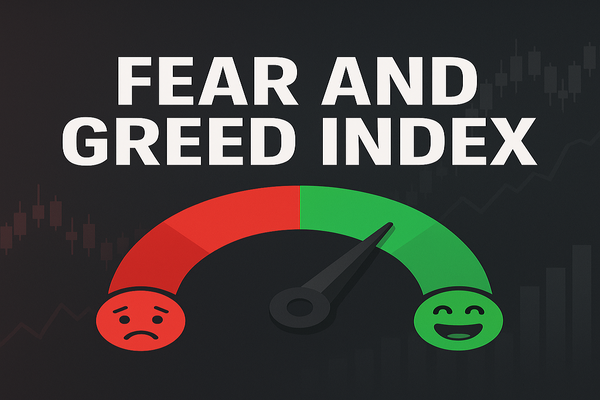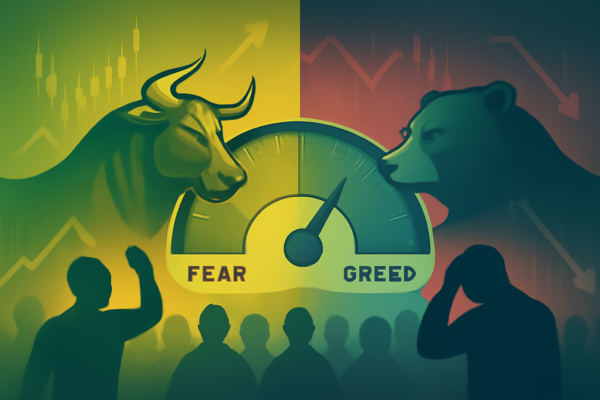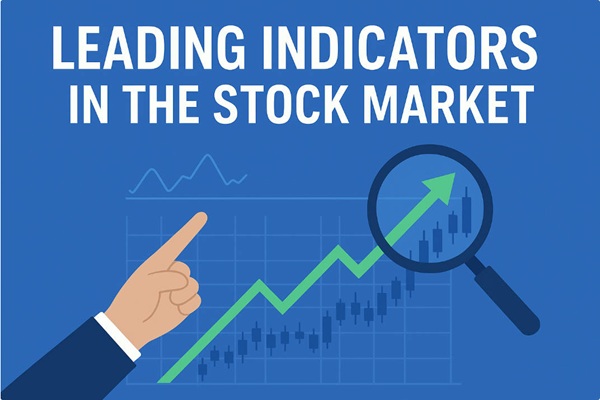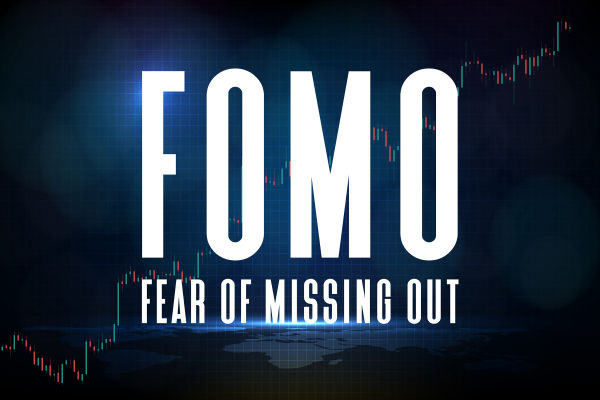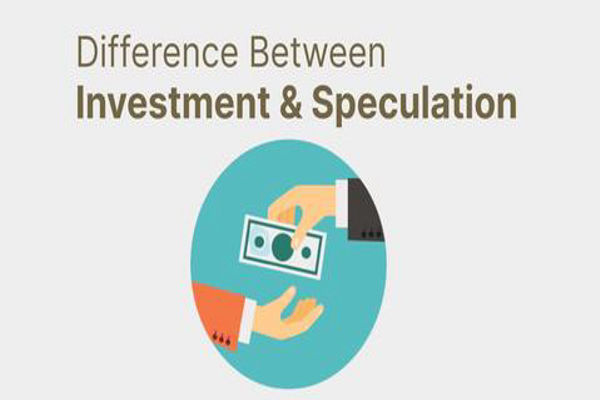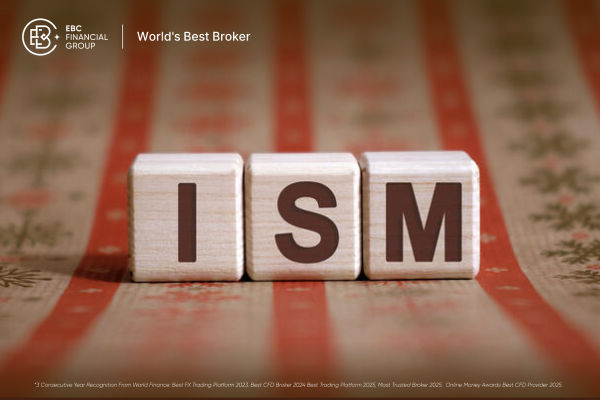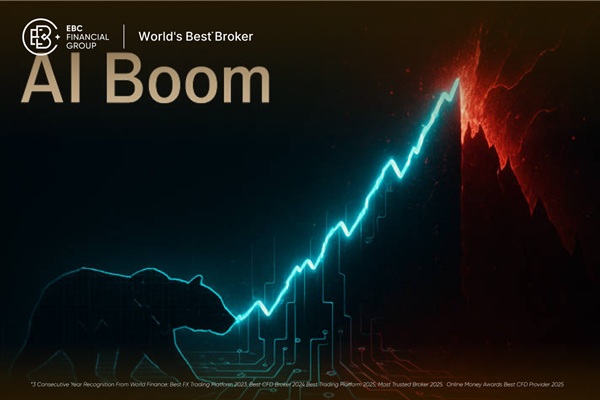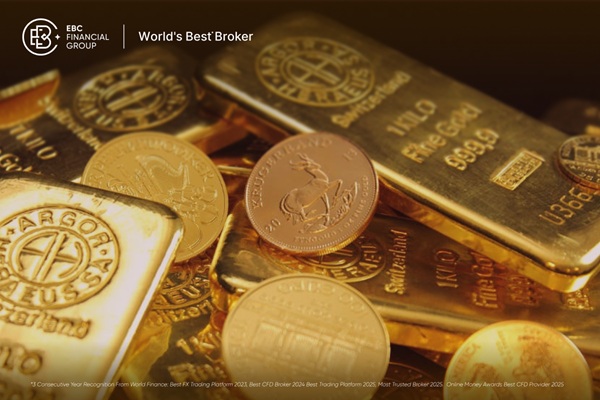The fear and greed index is a tool designed to measure investor sentiment in the financial markets. It aims to quantify how much fear or greed is currently driving investor behaviour. The idea is simple: when investors are fearful, markets may be undervalued, and when investors are greedy, markets may be overvalued.
Originally popularised by CNN Business, the index uses several inputs to determine whether the market is being driven by fear or greed. These include indicators like stock price momentum, volatility, market breadth, and put-call ratios. The result is a score from 0 to 100 — with lower numbers indicating extreme fear and higher numbers indicating extreme greed.
For traders and investors trying to gauge market mood, the fear and greed index offers a convenient summary. But the question remains: is it a valuable insight or just an emotional snapshot?
How the Index Is Calculated
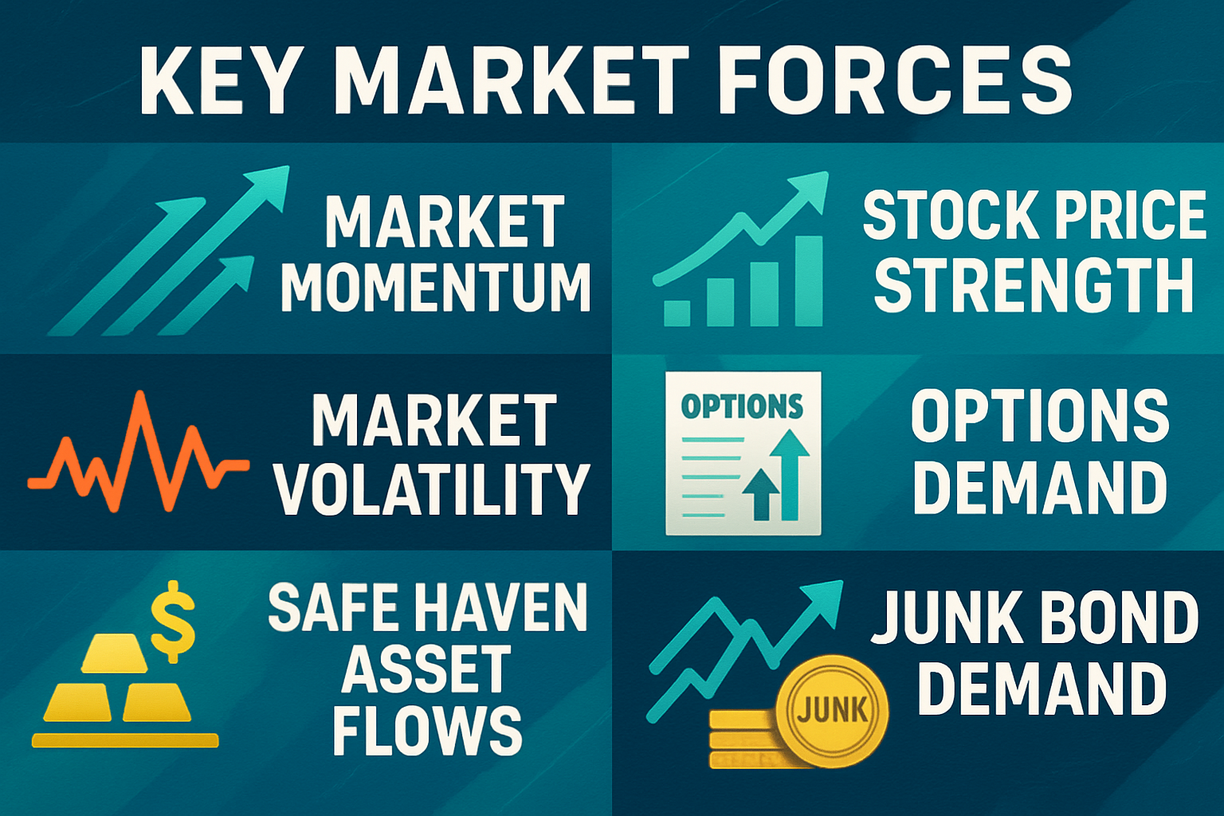
To evaluate whether the fear and greed index is truly helpful, it helps to understand how it works. The index typically aggregates data from seven key indicators. These include market momentum, stock price strength, market volatility, options demand, safe haven asset flows, market breadth, and junk bond demand.
Each of these indicators is assigned a value based on current market data. These are then averaged to produce a final score. A reading between 0 and 25 signals extreme fear. Scores between 25 and 50 suggest moderate fear, while anything above 50 moves into greed territory. Readings above 75 are considered extreme greed.
This approach gives the index a unique position as a sentiment-based tool. Unlike fundamental analysis or technical charts, the fear and greed index focuses entirely on psychology.
Why It Appeals to Traders
Part of the appeal of the fear and greed index lies in its simplicity. In one glance, traders can get a sense of the overall mood in the market. This can be useful for those who incorporate contrarian thinking in their strategy. For example, when the index shows extreme fear, some traders may look for buying opportunities, anticipating that the market is undervalued. Conversely, extreme greed might prompt others to take profits or reduce risk exposure.
It also helps remove emotional bias from trading decisions. By relying on a structured sentiment measure, traders may be less likely to act on gut feeling alone.
The Limitations of the Index
Despite its popularity, the fear and greed index has several limitations that make some investors question its effectiveness. The most obvious is that it is a lagging indicator. Since the index is based on already-available market data, it reflects sentiment that has already played out rather than predicting what will happen next.
Another issue is that the index may not apply equally across asset classes. While it was designed with equity markets in mind, applying it to commodities, forex, or crypto markets may not yield accurate sentiment readings. Traders in those markets might need to look elsewhere for more tailored tools.
There is also the matter of overinterpretation. Some investors may place too much weight on the index, using it as a signal in isolation. But like all market indicators, the fear and greed index should be used in context, alongside technical analysis, macroeconomic data, and individual risk profiles.
Can It Improve Decision Making?

The value of the fear and greed index largely depends on how it is used. For traders who understand its role as a mood gauge rather than a trading signal, it can offer useful insights. It may help identify moments when the market is at an emotional extreme, signalling caution or opportunity.
For long-term investors, it may serve as a reminder not to chase performance or panic during downturns. Seeing a reading of “extreme fear” during a market correction might reinforce a disciplined approach, encouraging them to stick with a long-term strategy rather than selling in a panic.
However, using the fear and greed index as a primary input for market timing is not advisable. It does not account for valuations, earnings, economic data, or central bank policy — all of which play a significant role in determining market direction.
Final Thoughts
So is the fear and greed index hype or helpful? The answer may be somewhere in between. As a standalone tool, it has its flaws. It does not predict market moves with precision and is best seen as a snapshot of investor psychology rather than a roadmap.
That said, when used wisely, the fear and greed index can be a useful addition to your decision-making process. It adds perspective, especially during volatile periods when emotions run high and clarity is hard to find.
Ultimately, the fear and greed index is not a crystal ball — but it does offer a unique lens through which to view market sentiment. Like all tools, its effectiveness comes down to how and when you choose to use it.
Disclaimer: This material is for general information purposes only and is not intended as (and should not be considered to be) financial, investment or other advice on which reliance should be placed. No opinion given in the material constitutes a recommendation by EBC or the author that any particular investment, security, transaction or investment strategy is suitable for any specific person.
